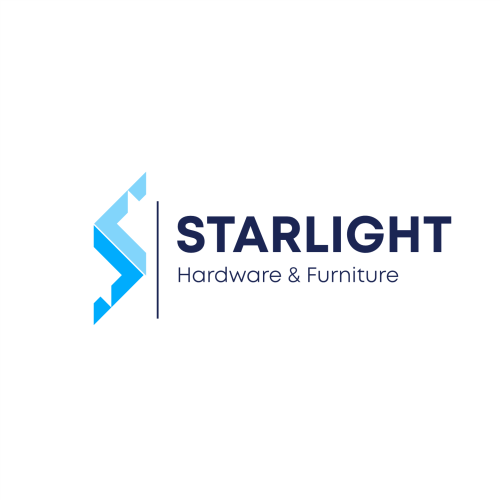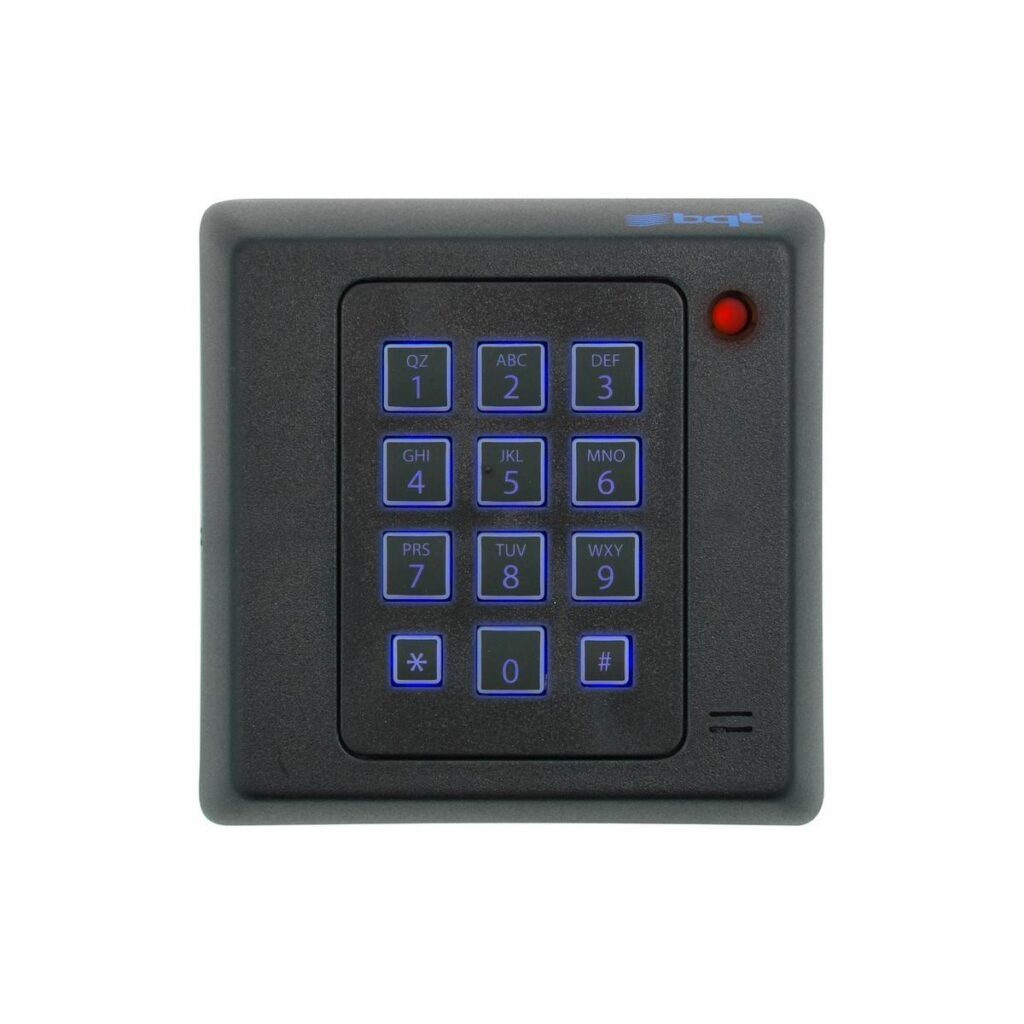As security threats evolve, access control has grown far beyond simple lock-and-key setups. Modern facilities demand solutions that repel both physical intruders and digital attackers. Professionals who design, install or advise on these systems need vendors that grasp these shifting demands. Solutions must offer long-lasting performance, the ability to adjust as risks change and uncompromising protection.
Decades ago, security hinged on padlocks and wired systems. Today’s set-ups mix electronic locks, networked controllers and digital keys to guard against sabotage. That shift calls for readers able to check identities, verify messages and resist tampering. Choosing a vendor that offers reliable hardware, ongoing support and an upgrade roadmap is vital. Without that, a system may crack open when threats shift. Security teams often face tight budgets and strict compliance standards, which makes vendor choice even more critical.
Eight key factors should shape any vendor review.
-
Recognize the shortcomings of older readers. Products from the 1980s and 1990s, such as Wiegand wiring and proximity cards, lack encryption. Wiegand sends clear-text data, making it easy to intercept and replay signals. Badge data held in fixed memory fields can be copied using inexpensive, off-the-shelf devices, opening doors to unauthorized entry and corrupting audit trails.
Modern providers should steer users away from static identifiers. Readers that embed encryption chips and randomize each communication session, along with mutual authentication between badge and reader, can block credential cloning and hardware spoofing.
-
Embrace a multi-layered defense. True resilience emerges when encryption, tamper detection, hardware protections and secure communications operate together. In practice, that might mean a reader with anti-tamper switches, a secure element inside the case and an encrypted link back to the control panel. Even if someone compromises one layer, the next barrier can block the threat.
Teams should ask each vendor to map out how all layers interact. Mutual verification between credential and reader is one safeguard; encrypted channels and signed firmware updates add others. Any gap in that chain creates a weak point for hackers or thieves.
-
Demand robust encryption and mutual verification. It’s no longer enough for a reader to accept a code and unlock. Readers and credentials need to use AES encryption with either 128-bit or 256-bit keys, making intercepted data useless to attackers. Mutual authentication means that both the badge and the reader prove their identities before a door ever opens.
In networked or cloud architectures, Transport Layer Security (TLS) protects traffic between on-site devices and off-site systems. This level of defense stops eavesdroppers or man-in-the-middle attacks that try to hijack credentials or impersonate a control panel. When a provider offers no details on key management or channel security, that should raise a red flag.
-
Verify support for protocols like OSDP Secure Channel. As the industry moves beyond Wiegand, OSDP Secure Channel has become the benchmark for reader-panel communication. This two-way protocol encrypts data, blocks replay attempts and reports wiring faults or tampering in real time. It lets a control panel check each reader’s operational status and trigger an alarm if an anomaly appears.
Providers that back OSDP Secure Channel help sites retrofit existing doors without a full system overhaul, and they align with government and industry mandates on encrypted interfaces.
-
Inspect hardware and firmware security measures. A solid reader starts with a secure microcontroller or hardware element that locks cryptographic keys behind epoxy or metal shields. Internal tamper sensors can trigger alerts if someone pries open the casing. Without these safeguards, an attacker might extract keys directly from the device.
Firmware warrants strict controls too. Each update should arrive as a digitally signed package so devices reject any unsigned code. Over-the-air delivery speeds patch deployment and cuts field-service costs. A rollback path that returns a device to a known-good version prevents downtime if an update fails.
-
Balance protection from physical tampering and cyber intrusions. A reader mounted on a door or gate may face attacks from drills or screwdrivers. Hardened enclosures, sealed joints and tamper switches that lock a device or sound an alarm help resist such efforts. At the same time, the design must stop remote attacks on firmware or the network.
Securing the supply chain matters too. Assembly in controlled facilities cuts the chance of malicious parts slipping in. Independent penetration tests and a clear vulnerability disclosure policy show a provider is serious about product security.
-
Seek vendors that offer training and clear documentation. Even an advanced system may fail if integrators misconfigure settings or skip critical updates. Providers offering workshops, webinars or on-site sessions on topics such as strong passwords, firmware management and system health checks help reduce human error.
Well-organized manuals, quick-start guides and online portals cut installation time and simplify maintenance. Logs of firmware updates, configuration changes and user roles give security teams the records they need to troubleshoot issues and verify compliance.
-
Value providers that build systems meant to last and adapt. Sites evolve over time—whether due to new regulations, added buildings or shifting threats. A vendor that offers upgrade paths, such as mobile credentials, biometrics or analytics, lets operators add features without replacing every reader. Open APIs or modular hardware help protect the initial investment.
Longevity matters in both hardware and software. Providers that back features with backward compatibility and regular releases show their platform will keep pace with risks. This approach can lower ongoing risk, ease budgeting and build confidence in the security strategy.



